‘Generational shifting’: How Charles City School District changed busing for costs, staffing and student safety
By Kate Hayden, Iowa Watch
Vicki and Matt Bruening live on a Floyd County acreage with six children ranging from a fourth-grader to a sophomore in high school.
Both Bruenings operate an agricultural repair business in New Hampton, and Matt farms with his uncle on family land nearby.
At home, the family raises goats and chickens, with the help of their kids. When COVID-19 shut down Iowa schools over the spring break season in March, farm life gave the Bruenings the benefit of staying busy — but as time progressed, the family was still concerned whether school doors would open in the fall.
“We were most worried about if they wouldn’t be able to go back at all,” Vicki Bruening said. “It’s been a different kind of school year so far, but it’s also been good to get them back in the classroom, back with their friends.”
Bruening drives her kids to school in the morning as a way to provide more time to get ready. In the afternoon while she’s at work, the family relies on school transportation from Charles City’s joint high school and middle school campus, and one of the district’s two elementary schools.
This year, students ride the bus COVID-style: fewer students, more sanitizing, and siblings seated together.
Transportation strains on rural school districts may pre-date the COVID-19 pandemic, but the global health crisis challenged school officials to a new level of planning to safely bring students back to class for the 2020-2021 school year — and keep the school buses safe for students and employees alike.
“We’re constantly talking and monitoring students, monitoring transportation, monitoring the buildings,” said Jerry Mitchell, Charles City Community School District director of operations.
“Everything we do, whether it’s on the buses or my custodians cleaning the buildings — are we doing enough, are we doing the right thing? That’s always in the back of my mind.”
A RURAL LANDSCAPE
The Bruening children are some of the approximately 1,560 students enrolled in the Charles City Community School District which covers four communities in two counties — approximately 224 square miles.
For fiscal year 2020, Iowa’s 327 school districts projected a combined enrollment of 487,652 students in grades preK to 12, according to state data; $3.29 billion in state aid is budgeted for public school districts this year, spending a minimum of $6,736 per student before calculating state supplemental aid based off school district enrollment.
During the 2018-19 school year, public school districts collectively spent $169.4 million in transportation operating costs, according to state data, averaging out to $696.41 per student transported.
Out of seven school bus routes in the Charles City Community School District, four are dedicated to students outside of the city. Transportation picks up students on acreages and in the rural communities of Floyd, Colwell and Bassett, which sits in neighboring Chickasaw County.
Charles City district drivers normally haul 43-45 students on a 65-passenger bus; this year, a bus carries about 33-35 students, two students per seat, said Mitchell.
By state law, students cannot spend more than 75 minutes a day on district-provided transportation to their school, which also puts districts in a bind planning for more routes.
PLANNING A NEW SCHOOL YEAR
By early June, Iowa Gov. Kim Reynolds signed a proclamation requiring public school districts to develop a Return-to-Learn plan for the 2020-2021 school year, mandating that schools hold at least 50% of classes in-person unless approved by the state to hold temporary remote classes for up to two weeks.
Over the summer the Charles City district recruited more than 70 community members to planning committees to decide how students would return to school, including district leadership, staff members, students, parents and outside education experts, said Superintendent Mike Fisher.
The district developed a hybrid learning schedule that split grade levels into attending in-person classes on opposite days of the week, which school leaders kept in place until mid-October. From Oct. 19-Nov. 2, the district is phasing grades 6-8 back into an in-person schedule five days a week. Because the high school is an older building with less efficient airflow systems, grades 9-10 will transition into a four-day in-person schedule, and grades 11-12 will transition to three days a week.
The Charles City district had not confirmed a positive case of COVID-19 since Sept. 23, when the district confirmed a staff member had tested positive, until last Thursday when one individual tested positive.
“People compare it to World War II as the last time schools were so broadly impacted by something systemic in our society,” Fisher said. “This is generational-shifting. We expect school to look different and be different and be better coming through this. We can use this to get better.”
Charles City routes for bus drivers average two hours and 20 minutes round-trip, and new sanitization practices can add up to 45 minutes a route for drivers. Districts with larger boundaries face a big challenge ensuring those buses meet social distance guidelines for COVID-19 and still reach rural students, said Chris Darling, director of the Iowa Pupil Transportation Association.
“There’s no way some school districts have enough equipment or drivers for a 77-passenger bus to go every other seat,” Darling said. “When you get out to a rural district like Pocahontas, they’re huge, Dubuque has huge boundaries. You can’t go out multiple times. … You end up with school districts that have a hard time doing triple routes or double routes because they are so rural, and every school district is so different.”
PAYING FOR THE PROTOCOL
Through the federal CARES Act passed on March 27, the Elementary and Secondary School Emergency Relief (ESSER) Fund awarded $71.6 million to Iowa school districts for COVID-19 assistance, and $26.2 million to Iowa schools out of $3 billion awarded to the state through the Governor’s Emergency Education Relief (GEER).
In the 2018-19 school year — the last year recorded by state data, before COVID-19 protocols influenced district spending — the Charles City district reported a net operating transportation budget of $331,592.53 to the state, about $505.09 per student using transportation services.
Out of this spring’s ESSER Fund, the district budgeted $70,000 to support remote learning and $45,000 for health and safety measures, which included cleaning and managing transportation services for students, said Mitchell.
Funds are awarded to public school districts, but private schools also receive funding through “equitable service” provisions.
That means CCCSD received $315,302 through ESSER, but $33,683 went to the private Immaculate Conception Elementary School in Charles City to support IC students who use CCCSD school transportation and other services.
Through GEER, the district received $95,600; $9,200 went to IC students.
It’s helpful, Fisher said, but hard to know how long the district will have to make those funds last.
“Depending on how long the pandemic goes on, it absolutely can start to drain those resources,” he said.
FOLLOWING THE RULES
When the Bruening family decided their kids would be riding the bus home from school on in-person class days, following the rules would be paramount, Vicki Bruening said.
“‘All right kids, whatever those rules are, you need to follow them,’” Bruening recalled saying. “I think the district did a really good job of creating that structure and those rules to make sure that everyone would be safe.”
Charles City assigns seats on every bus and tries to keep family members together so contact tracers can quickly identify which students sat where if a person later tests positive for COVID-19.
The district requires the seat behind the driver and the seat on the opposite side of the aisle remain empty. Hand sanitizer is available to every student who enters the bus; drivers use pump sprayers with disinfectant every time the bus empties. Charles City students are required to wear face masks while on school transportation.
“It’s a safety issue, so it’s no different really than any other safety issue that [drivers] deal with every year. We encourage the students to sit in their seat, we encourage them to wear their masks,” Mitchell said.
Drivers transitioned to the cleaning.
Jackie Walsh, a bus driver for two years, said, “I mean, when you first heard it you’re like ‘oh no’ and it felt like a lot of work, but really it hasn’t been that big of an adjustment.
“We sit in our seats and they load, and I’ll give the kids some hand sanitizer. We sanitize after our morning rounds of picking up kids and dropping them off at school. And then I’ll sanitize again tonight when I get home.”
Some bus drivers help deliver meals to district families after they are done with their routes and sanitizing, a practice that Mitchell said he thinks will continue as a standard practice.
As families in the district struggled with food insecurity in the aftermath of COVID-19 shutdowns, the school district developed a new service for the community, delivering about 45,000 meals to families in need from school closure in March until July 31.
“We want to remain relevant and vibrant,” Fisher said. “You see so many schools that continue to shrink in enrollment and become irrelevant, and we want to make sure that we have the resources and ability to offer education.”
As a parent, Bruening said she believes the district’s transition helped families feel secure in how their children would integrate back into the classroom.
“They did a really good job slowly transitioning the kids back face-to-face,” Bruening said. “Kids are so easily able to adapt. They do it and they’re happy to be back.”
— Kate Hayden is a former Charles City Press reporter and contributor to the Iowa Center for Public Affairs Journalism – IowaWatch.org. She now covers technology, innovation and entrepreneurship at the Des Moines Business Record.
The Iowa Center for Public Affairs Journalism – IowaWatch is a non-profit, online news website that collaborates with news organizations to produce explanatory and investigative reporting. Read more or support our journalism at www.IowaWatch.org. This piece is part of a collaborative reporting project that includes the Institute for Nonprofit News, Charlottesville Tomorrow, El Paso Matters, IowaWatch, The Nevada Independent, New Mexico in Depth, Underscore News/Pamplin Media Group and Wisconsin Watch/The Badger Project. The collaboration was made possible by a grant from the Walton Family Foundation.

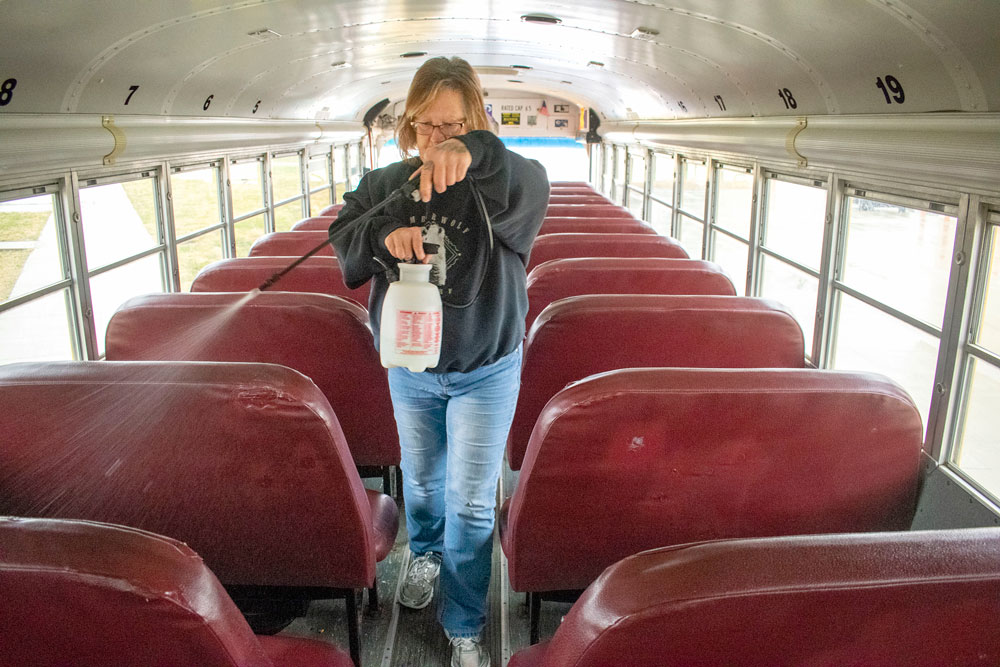
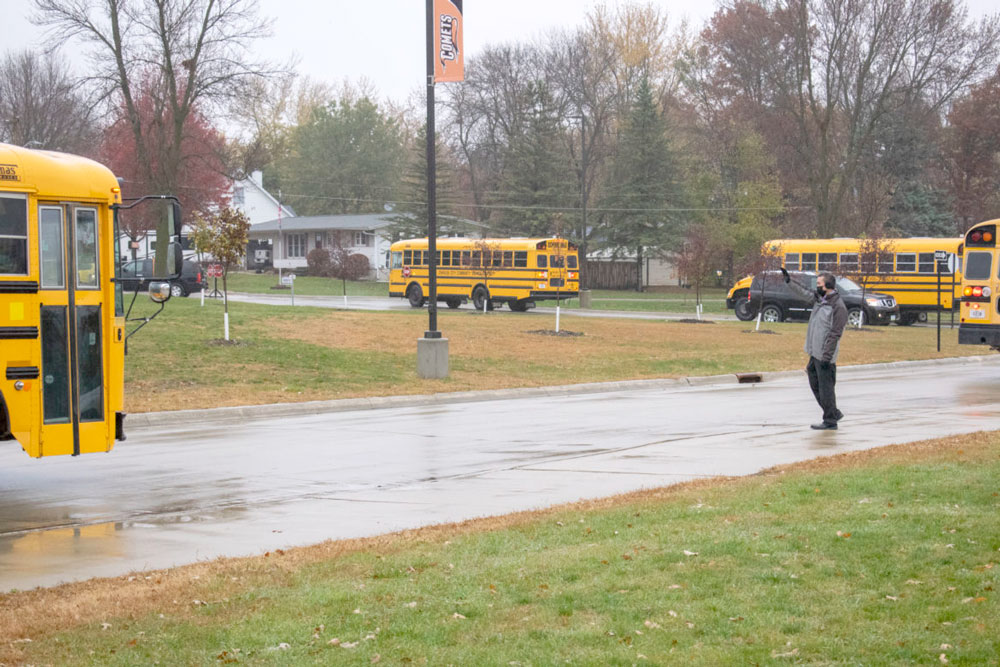
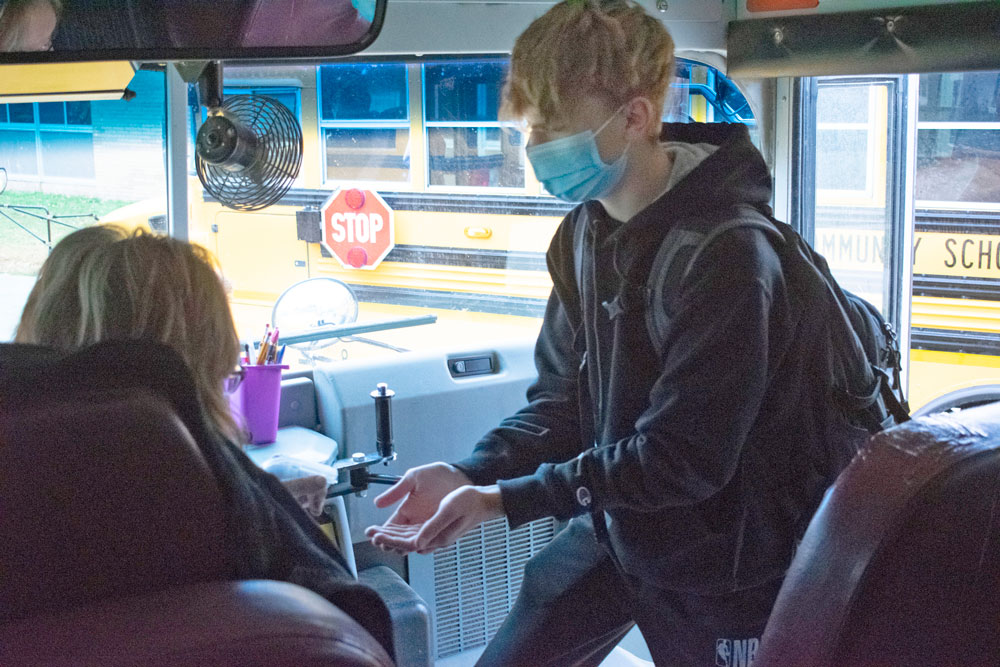
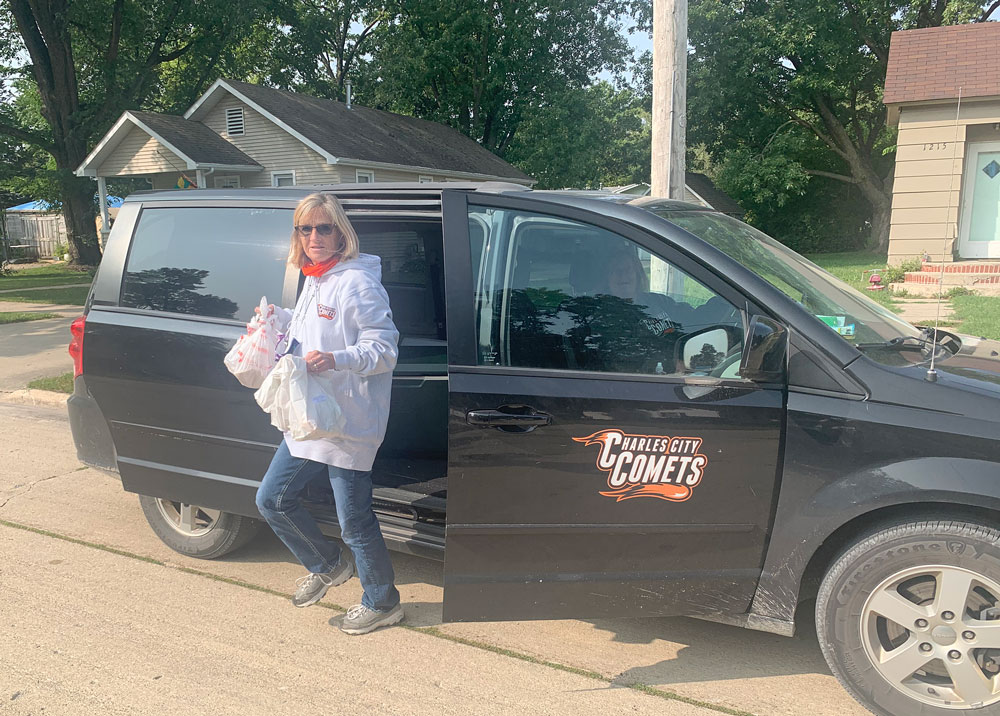

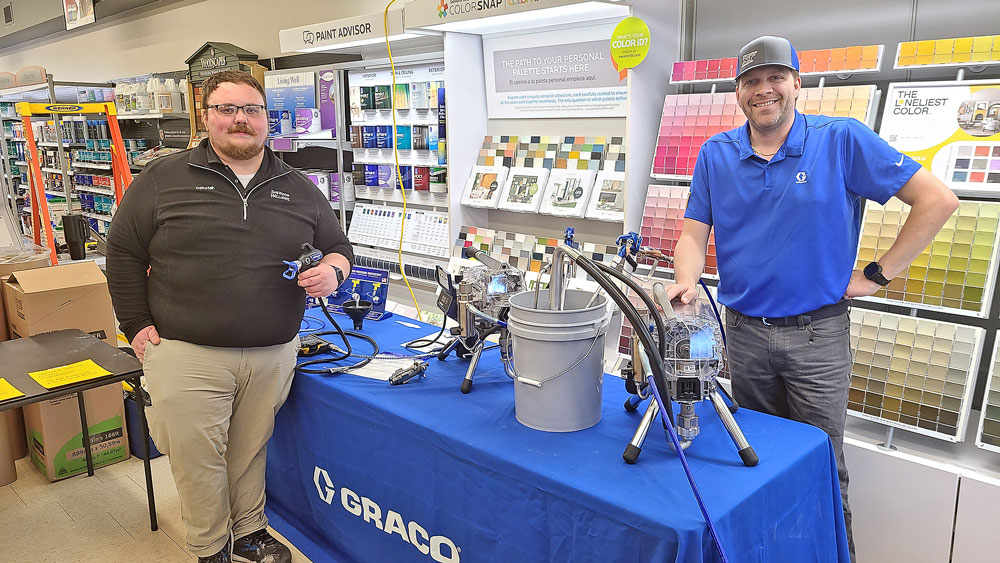
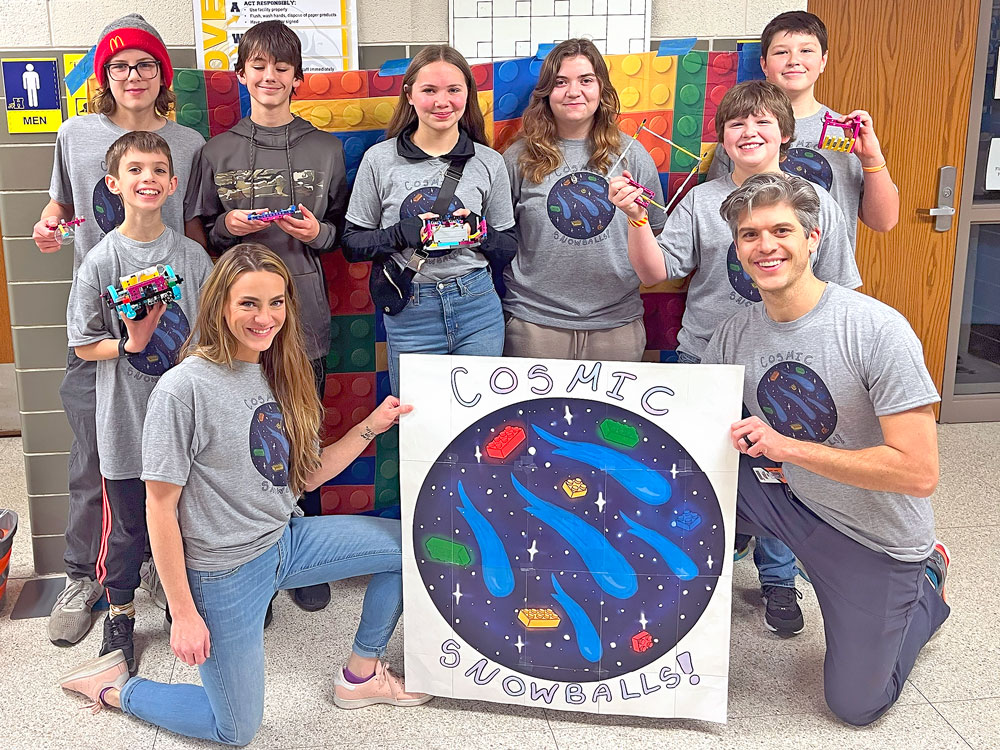
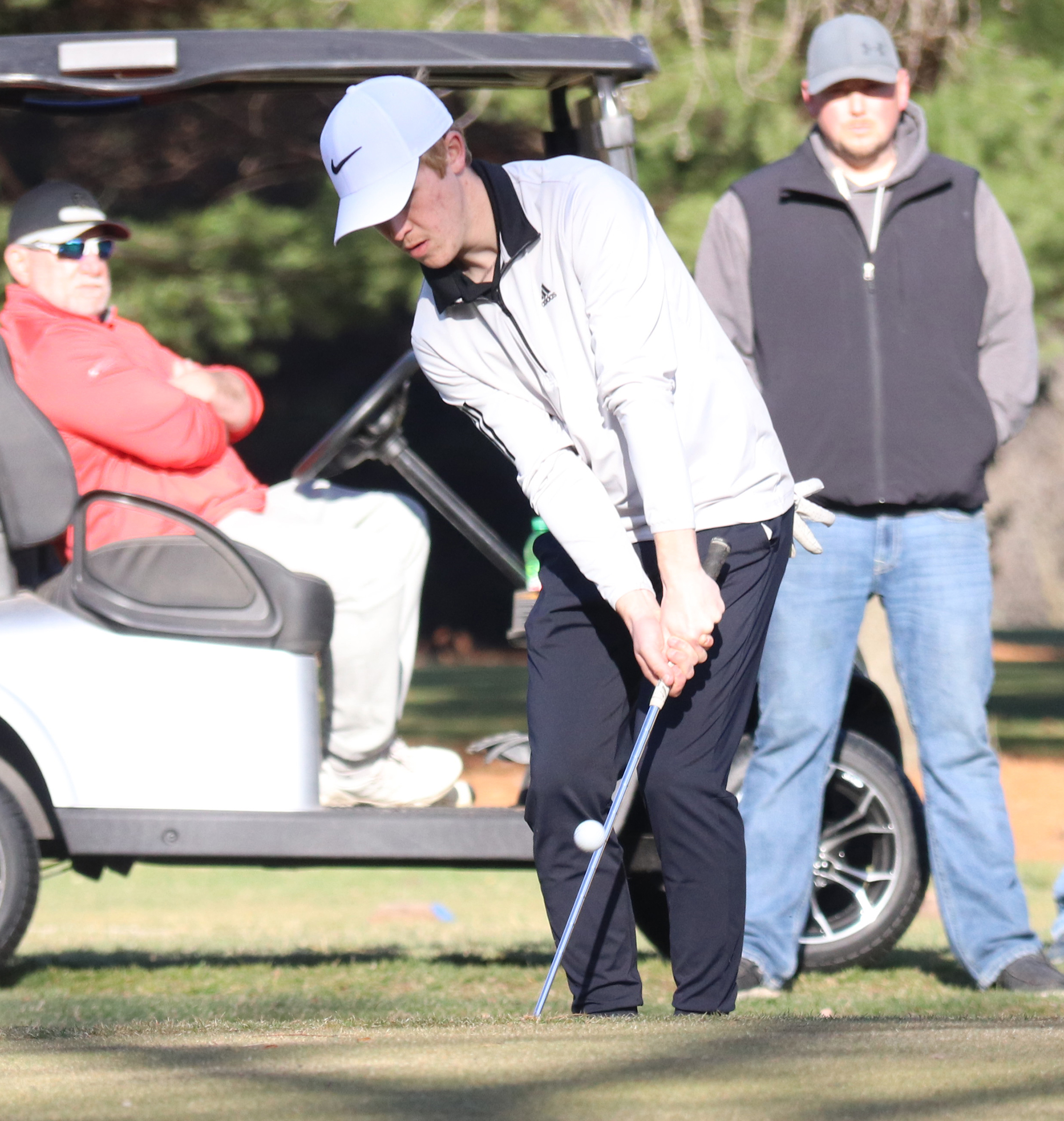
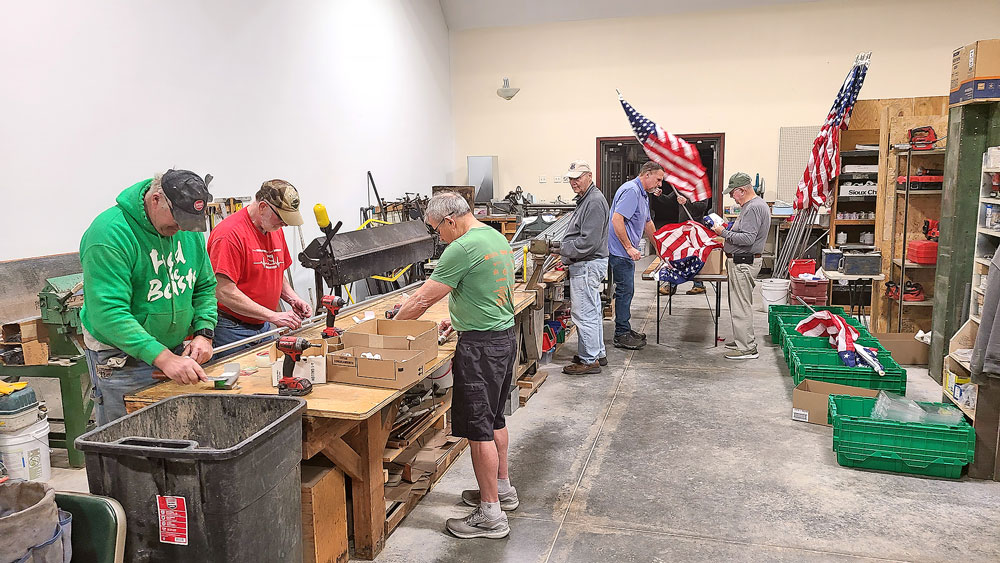


Social Share